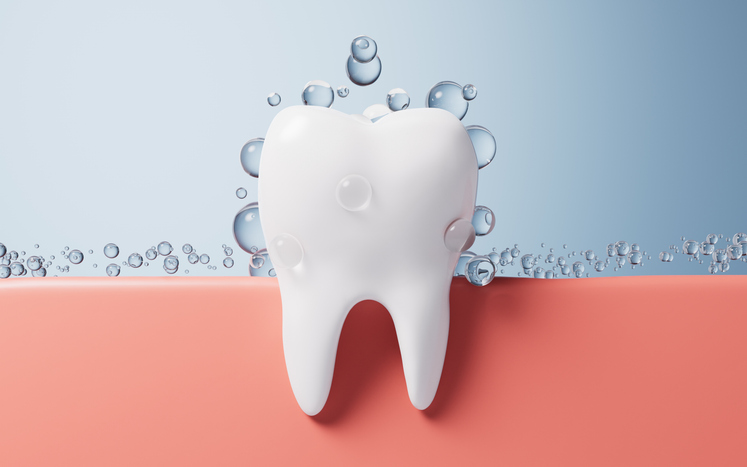
Review of bioactive restorative materials

Investigators have evaluated the bioactivity of restorative dental materials.
In a scoping review published in the Journal of the American Dental Association, investigators identified 80 clinical and laboratory studies focused on the bioactivity of temporary, permanent, commercially available and experimental restorative materials — with a search strategy designed to identify both published and unpublished studies. Their primary aim was to answer three questions: Is there substantial scientific evidence regarding the bioactivity of dental restorative materials? What additives are incorporated within the dental restorative materials to impart bioactivity? How is the bioactivity of dental restorative materials evaluated?
The included studies were published from 1996 through 2024 — the most prevalent of which were in vitro studies, followed by literature reviews, clinical trials, case reports and systematic reviews. Resin composites and resin cements were among the most analyzed restorative dental materials, which were commonly used alongside bioactive glass, hydroxyapatite and nanohydroxyapatite. According to this scoping review, the evidence on bioactive restorative dental materials primarily came from in vitro studies and was lacking in clinical trials. Although several studies yielded reliable results, there was also a lack of standardization in bioactivity tests for restorative materials.
These variations may affect the validity, reproducibility and repeatability of scientific results, potentially leading to misunderstandings about material properties and hindering progress toward a precise definition of bioactivity in dental restorative materials. As a result, the researchers recommended that further studies should standardize bioactivity assessments by means of clearly defining parameters such as mineral deposition, interface sealing or tissue regeneration. Protocols should mimic clinical conditions, using protein- and glycoprotein-rich environments like simulated saliva and include analyses of surface morphology, chemical composition and crystallinity for accurate, clinically relevant results.
Read more: JADA
The article presented here is intended to inform you about the broader media perspective on dentistry, regardless of its alignment with the ADA's stance. It is important to note that publication of an article does not imply the ADA's endorsement, agreement, or promotion of its content.